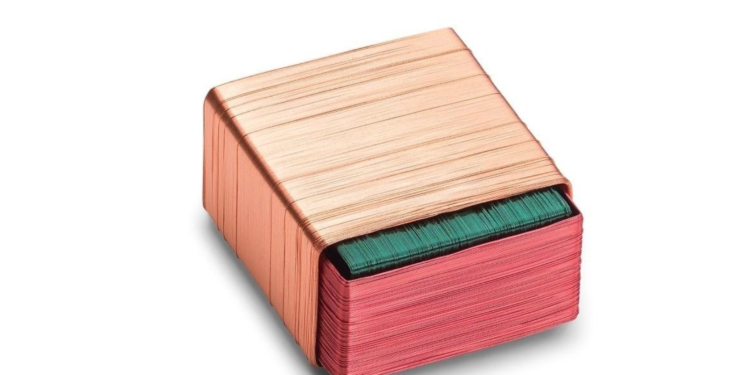The use of miniature coils or micro-coils is increasing day by day due to the extensive range of facilities they provide. They are microscopic in size, yet loaded with tons of facilities, which makes them an automatic choice for several purposes.
However, this is also a tough task when it comes to manufacturing micro coils. Micro coil winding technology is not something similar to conventional coil winding technology. It is much more delicate, precise, and requires an interplay of expertise, innovative technology, and state-of-the-art machinery.
In this post, we will tell you about micro-coil winding technology to help you understand how manufacturers make micro-coils. Stay connected and keep reading the post till the end.
The technology of micro-coil manufacturing:
One of the main components of coil making is wires and when it comes to micro-coils, the size of the wires can be as thin as 1/10th of the human hair. Additionally, designers and engineers have to maintain a strong guideline and a list of specifications and requirements which they have to meet while manufacturing a micro-coil. Normal coil winding machines are incapable of producing micro-coils. So, in most cases, coil manufacturers make their own machines equipped with high-tech motion sensors and control systems to manufacture micro-coils. Due to these reasons, there are very few organizations in the world that manufactures micro-coils.
Moreover, manufacturing micro-coils using traditional heat-based soldering technique has been obsolete due to several problems such as oxidation, heat damage, poor durability and connection, etc. The name of the latest innovative technology to prepare micro-coils is Thermo-pressure bonding technology. This technology can effectively join ultra-fine wires of the same size and different sizes up to 12 times thickness. In some situations, where the design requirement needs a terminal-based connection, Thermo-pressure bonding technology works in a slightly different manner. In those cases, the end of a miniature wire is joined to a gold-plated terminal. Thermo-pressure bonding technology offers a molecular connection which is extremely durable, stain and corrosion resistant, and delivers supreme connectivity. Thus, it reduces both manufacturing complexity and manufacturing cost.
Characteristics of materials used for coil-manufacturing:
Copper:
Copper is the most used material to make wires for micro-coils. Copper’s conductivity comes second after silver and it is also easily available in the market at a low price. In addition, it is very much durable and trustworthy, Due to these reasons, it is the automatic choice for micro coil-makers.
Aluminum:
Aluminum is lightweight and a good conductor. Carrying a portable medical device often becomes hectic due to its weight and that is the main reason coil-makers use aluminum wires in portable medical devices; to reduce the weight.
Expensive metals such as gold or platinum:
When medical devices and sensors come direct contact with body or skin, coil-makers prefer to use gold and platinum wires due to their biocompatibility and chemical resistance power. However, as they are very much costly, their usage is thus very limited and they are mainly used for medical purposes.







